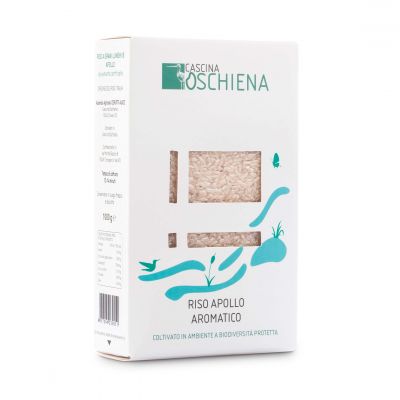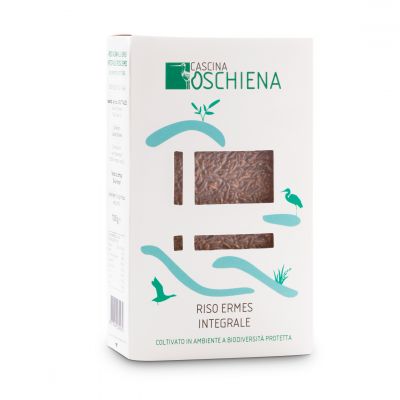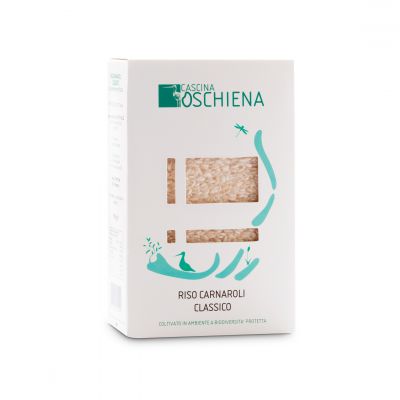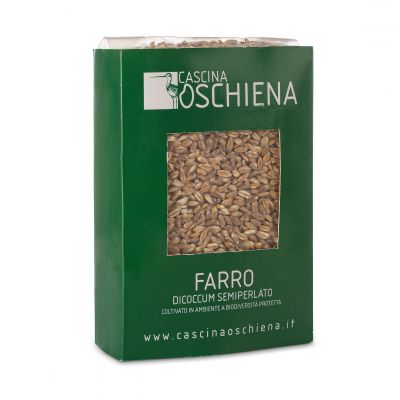“We like to visit you and talk to you, because we feel a little bit less crazy.”
This was the conclusion of my interview with Alice Cerutti, owner of Cascina Oschiena, after the cooking show with Anna Maria Pellegrino in Gourmandia. Alice and Simone are two amazing guys, capable of brave decisions, guided by the values they believe in, even at the expense of their personal profit.
Like converting 25 hectares, previously dedicated to the cultivation of rice - a quarter of the company - to the creation of an oasis for the protection of biodiversity
“A madness - as almost everybody tell us.”
But for Alice decisions against the tide are nothing new: with a degree in Business Studies and a brilliant career in a multinational company, which had led her to move to the United States, in 2008 she decided to leave her job and return to Italy to avoid the sale of the family farmstead.
She took over the farm, learned to drive the tractor, to work the land, to cultivate the rice, to be respected (first) and estimated (then) by her long-experienced farmers neighbors, despite being young, inexpert and woman.
With a clear vision and a strong determination she managed to blend her managerial skills, the love for the family farmstead and the respect for nature, to develop with Simone, her husband, a wonderful project.
Over the years, they carried out extensive renovation work of the farmhouse, redefined the cultivation system, and began to communicate their amazing project. In 2015 Alice was elected Vice President of the European Council of Young Farmers, www.ceja.eu.

“We do not inherit the planet from our fathers, we borrow it from our children”
Many decisions have been inspired by this ancient Sioux proverb, dear to Alice: integrated production techniques to reduce the use of fertilizers and pesticides, construction of over 10 km of ditches in paddy fields to guarantee watered areas throughout the year and promote aquatic and terrestrial biodiversity, maintenance of flooded rice fields, especially in spring, to facilitate settlements and nesting of migratory birds.
In winter it is also practiced the sowing of green manure crops, i.e. vegetable species that allow to naturally enrich the fertility of the soil.
The use of minimum processing equipment, which does not involve the turning of the earth, also allows to significantly reduce the consumption of diesel compared to other practices, such as plowing.
The sowing is carried out at the end of April-beginning of May, depending on the variety, rigorously in flooded paddy field, respecting an ancient technique, as opposed to modern dry sowing techniques: an important ethical-environmental-agronomic choice to safeguard the environmental peculiarities of the rice field.
The harvest is carried out with a combine harvester between September and October. The harvested paddy is transported to the farmstead where it is cleaned, dried slowly at low temperatures until it reaches 12-13% humidity, stored in silos before stone-only processing (hulling).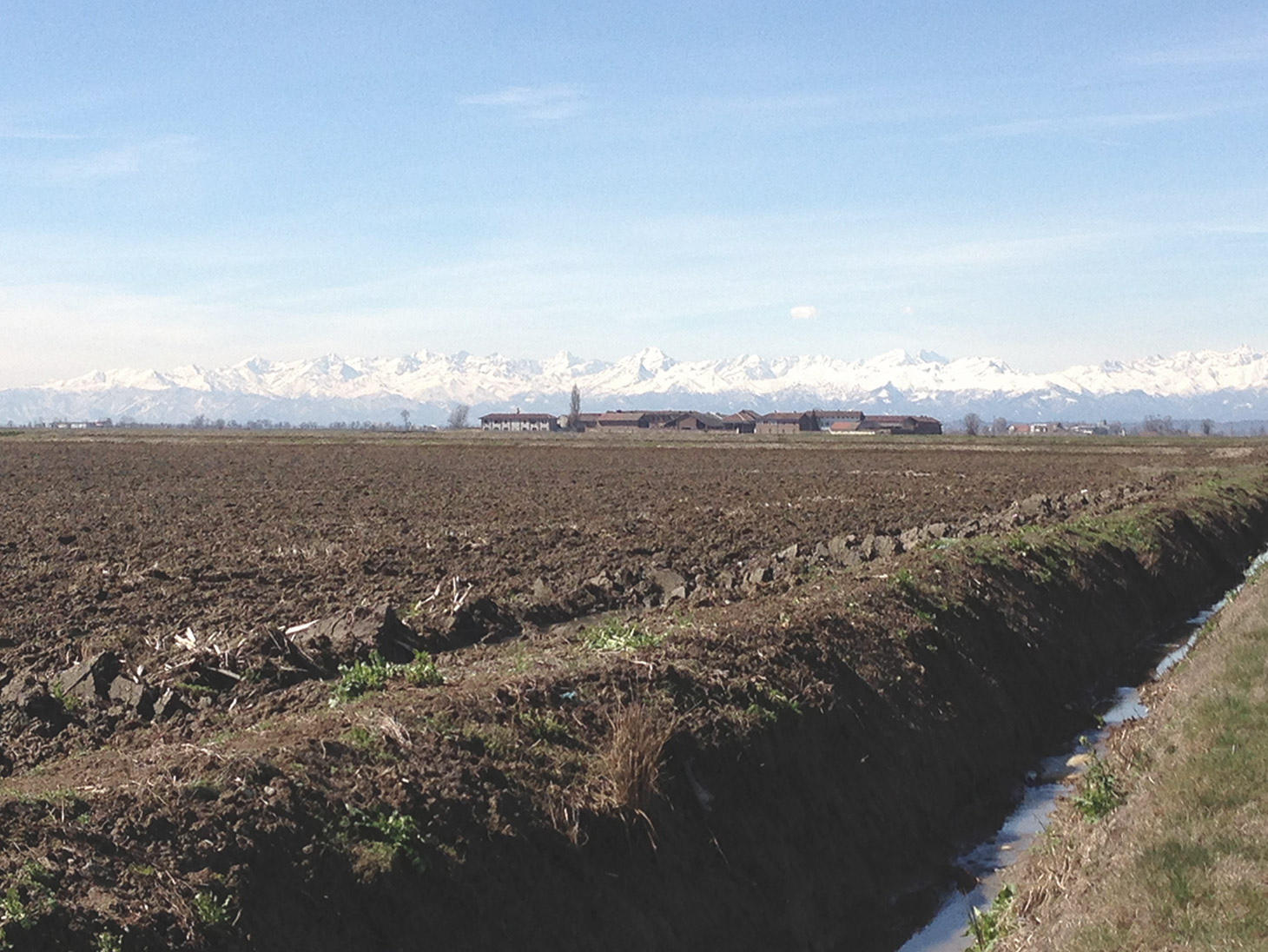
“One evening - Alice told me - I was in the kitchen with my mother, it was raining and we had the stove on when a man knocked on the door”
It looks like the beginning of a fairy tale, and indeed there is something magical about Alice’s story.
“That man was Mauro Della Toffola, a well-known Piedmontese ornithologist, the greatest expert in Italy of the black-tailed godwit, a migratory bird. He had come to warn us, with an enthusiasm that, at the time, I was difficult for me to share, that the Pittima Reale had nested in our farmhouse. At the time I had no idea even of what the black-tailed godwit was, nor of the role it would have had in my life. But his enthusiasm struck me and in the following days I went with Mauro to take a ride in the fields to see the nests of this species”
A little bit out of curiosity Alice and Simone began this new adventure. In 2012 they decided to join Ecorice, a European project that aims to protect species and natural environments of the Vercelli rice plain, pressed by the practice of monoculture.
“To recreate the ancient rural landscape, safeguarding the environment and biodiversity, we have re-naturalized two fountains (resurgences) through the reforestation of the banks and planted over 2,000 plants among hedges and tall trees on the banks of irrigation canals”.
Thanks to the peculiarities of the territory and the commitment profused, Cascina Oschiena has obtained the EU recognition of Special Protection Area “Risaie Vercellesi” and since 2018 has become “Natural Oasis”.
Last year Mario, the child of Alice and Simone, was born and with his arrival the responsibility towards the environment becomes even more radical.
So Alice and Simone decide to convert 25 hectares previously dedicated to the cultivation of rice (a quarter of the company) to the creation of a natural oasis for the protection of biodiversity.
“Maybe it’s really crazy, but for us it’s a dream that comes true, a project we’ve been working on for over four years together with naturalists, biologists and ornithologists.”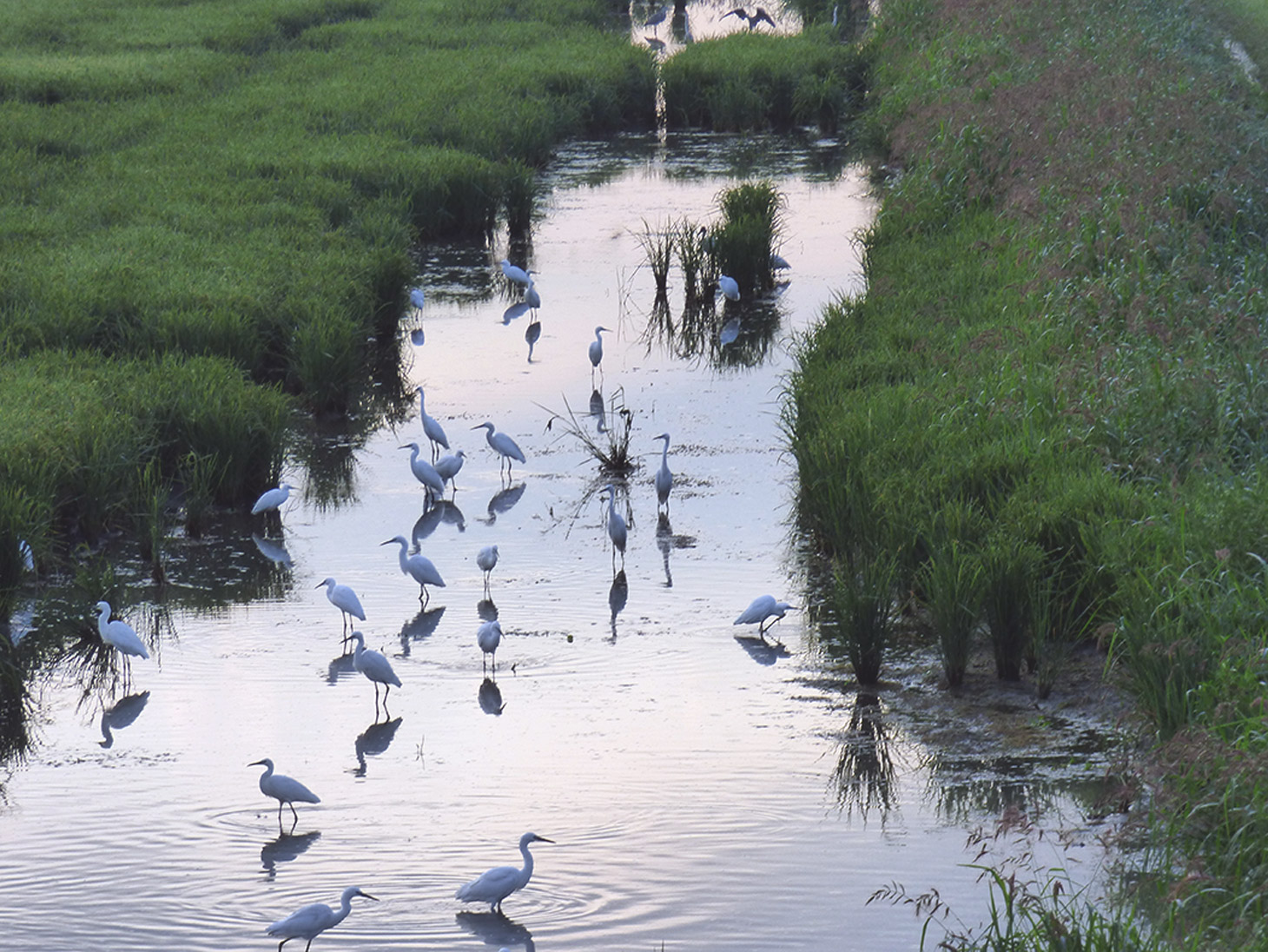
Thanks to the approval of the European project, which is partly financing the Blacktailed Godwit Project, Cascina Oschiena will host the largest private wetland in Italy, to favor the repopulation of this species, which is in strong decline in our country.
Every year, to help this bird completing its brood, part of the rice fields are left uncultivated until June, so that the Blacktailed Godwit, as well as many other migratory species, could find the ideal habitats for restoring and nesting.
The submerging period of the rice fields is also anticipated, in order to create the biodiversity conditions for this species well in advance.
In rice fields water is not only for irrigation, it also serves to maintain a constant temperature for the rice plant in its initial agronomic phase and then later on until August when the water is removed before threshing.
“When the rice field is flooded, especially in spring, the rice landscape it’s breathtaking: the reflections of the sky, trees and mountains create optical effects like in a mirror, the farms look like islands in a beautiful lagoon”.
To further favor nesting, we are leaving all the perimeter banks of the plots completely grassed and a dry crop is planned annually on plots adjacent to those submerged so as to provide natural protection for the nesting couples.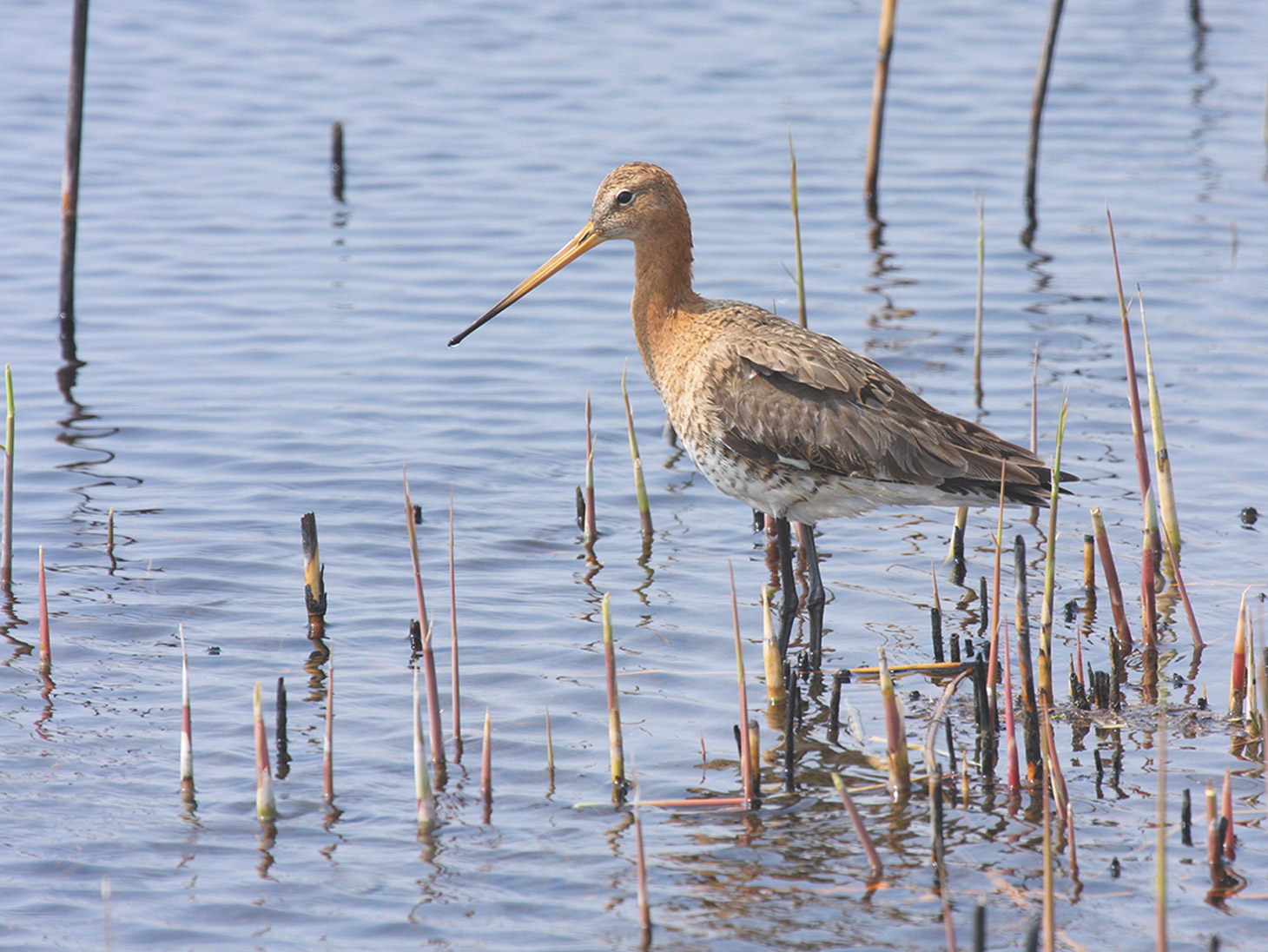
Ecosystem conservation is a key point, but it is no longer enough: today we must give back the land to nature
Thus was born the decision to start cultivating spelt which, for us, is the “Blacktailed Godwit Spelt”. A cereal that from this year is semi-pearled, with the idea of keeping part of the bran and the germ to preserve its nutritional properties, making it “less refined”.
Thanks to the help of Mauro, Franco and Gianfranco, expert Piedmontese ornithologists, every year a monitoring is done that allows to estimate the populations: on average from 15 to 36 units, even if the trend seems to be growing.
“With the ARPA and the University of Torino we monitor the number of butterflies, dragonflies and fireflies: with every small choice to give something back to nature, nature pays us back repopulating our farmhouse with lots of species.”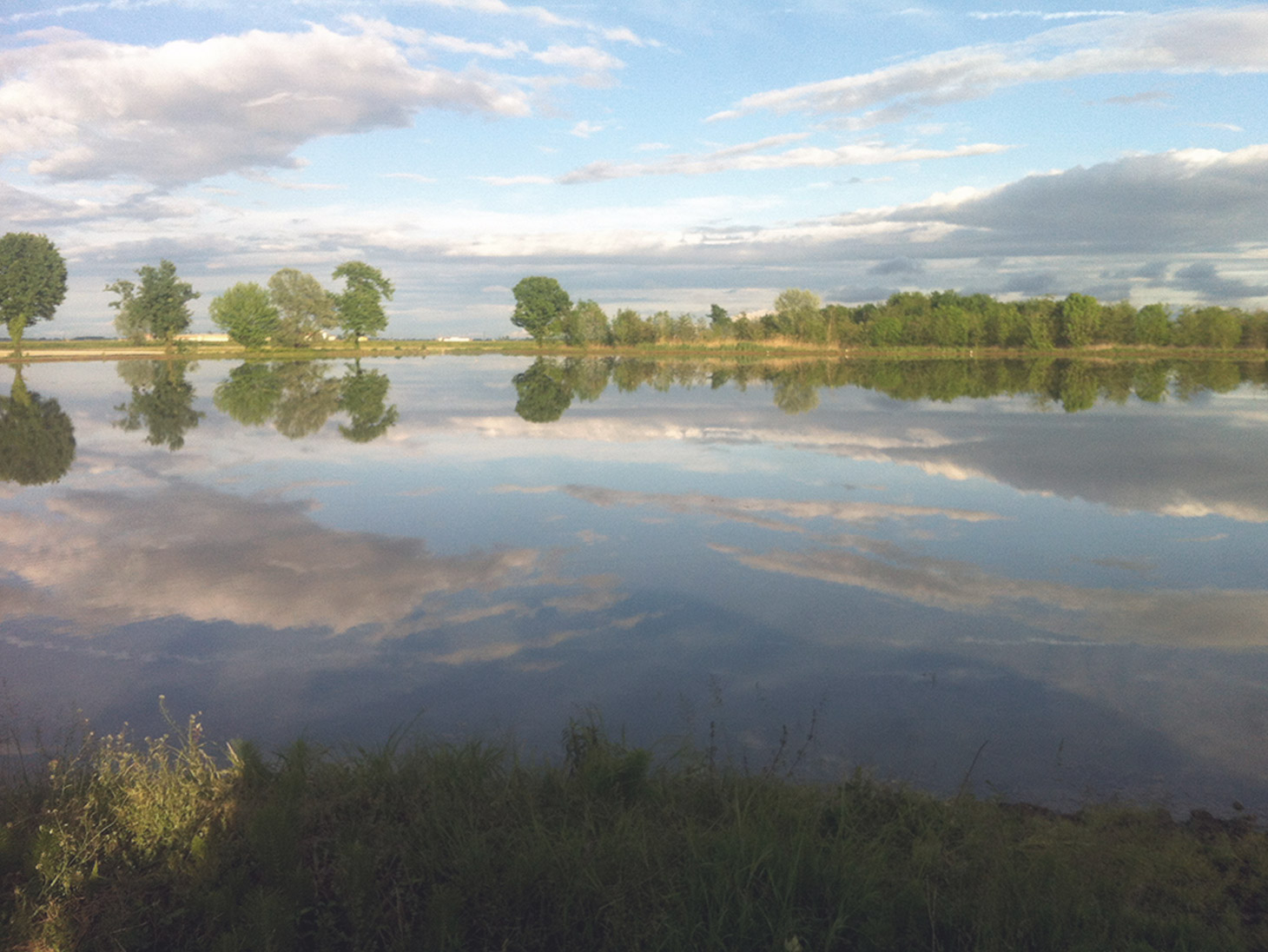
Listening to Alice and the enthusiasm that drives her in these heroic choices, I convince myself once again that “the best ideas do not come from reason, but from a lucid, visionary madness” (Erasmo Da Rotterdam).
Martina Iseppon
Responsabile Marketing




